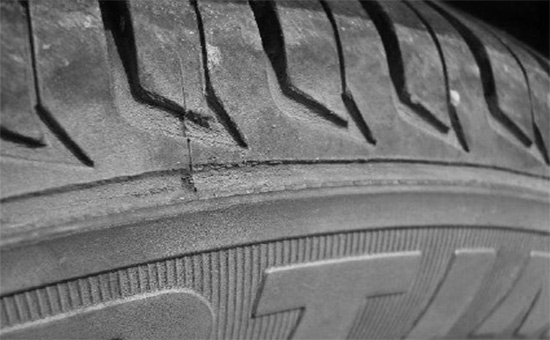
The change of structure and performance of reclaimed rubber under the external force such as dynamic stretching, compression, shearing or bending is called “fatigue”. When the recycled rubber product is cracked during use, the fracture is fatigue aging. Therefore, the fatigue resistance of the rubber compound directly affects the service life of the recycled rubber product, and the rubber filler type is one of the main factors affecting the fatigue resistance of the recycled rubber.
Rubber filler is the most used compounding agent in the rubber products industry (the consumption is second only to rubber). Commonly, there are carbon black, white carbon black, calcium carbonate, clay, etc. The structure and performance of different kinds of fillers are very different. The effect of the anti-fatigue properties of recycled rubber is also different.
For rubber fillers (such as carbon black) which have affinity with reclaimed rubber, the highly structured filler tends to produce more dense rubber phase around the filler particles, thereby improving the fatigue aging resistance of the reclaimed rubber product; In the case of inert fillers with no affinity for reclaimed rubber, the greater the filling amount, the greater the effect on the fatigue resistance of the reclaimed rubber vulcanizate. Excessive dosage will lead to a sharp decrease in the fatigue aging resistance of the reclaimed rubber product.
Therefore, when using recycled rubber to produce rubber products with high fatigue resistance, it is necessary to select a rubber filler with good affinity with the rubber. Carbon black is a good choice, and the inert filler is used with caution.
Taking carbon black as an example: selecting carbon black with large specific surface area in the formula of reclaimed rubber products can improve the crack growth growth strength of reclaimed rubber products, thereby improving the fatigue life; carbon black varieties are various, although soft carbon black is in the rubber compound. The reinforcing effect is poor, but the particles are moderate, and the average particle diameter is in the range of 31-500 nm, which is very advantageous for improving the fatigue resistance of the recycled rubber product; white carbon black is used as a substitute for carbon black in the light-colored reclaimed rubber product. Similar to the performance of carbon black, the effect of improving the tear strength of reclaimed rubber and improving the fatigue resistance of the rubber is better than that of carbon black. It is often used to improve the fatigue life in black reclaimed rubber products (such as tires) and light reclaimed rubber products.
When reclaimed rubber products manufacturers use rubber fillers to improve the fatigue resistance of reclaimed rubber products, in addition to selecting suitable types of rubber fillers of appropriate particle size, it is also possible to add an appropriate amount of aliphatic polyamines to the reclaimed rubber products. The reclaimed rubber acts to form an unstable salt bond and a strong covalent bond, and can activate the rubber filler, strengthen the filler dispersion and combine with the macromolecule in the rubber compound, and significantly improve the fatigue resistance of the recycled rubber product; for example, the active ultra-fine calcium carbonate is resistant to bending Flexibility is much better than light calcium, and flex resistance is close to clay.
Rubber packing is not the only way to improve the fatigue resistance of recycled rubber products. Rubber product processing enterprises can also extend the fatigue life of recycled rubber products through reasonable vulcanization system design, softening plasticizing system design and anti-aging system design. Share with you.
Exclusive original article [commercial authorization] reprint, excerpt and excerpt in any form are prohibited without written authorization. Focus on Hongyun rubber: learn the process formula and raw material technology of producing rubber products from recycled rubber to help you reduce costs and increase profits